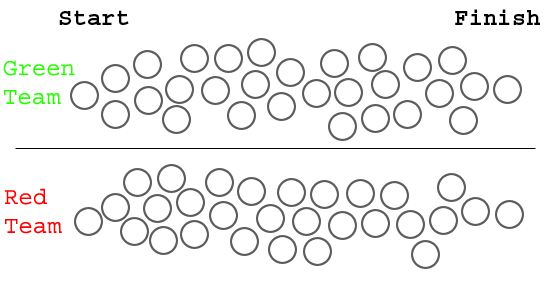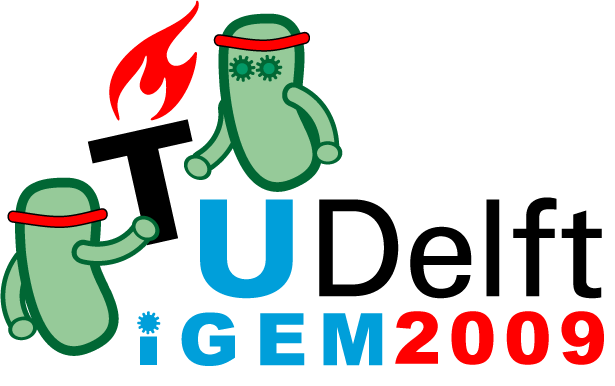Team:TUDelft
From 2009.igem.org
(→Welcome to the 2009 Cellular Relay Race) |
|||
| Line 1: | Line 1: | ||
{{Template:TUDelftiGEM2009}} | {{Template:TUDelftiGEM2009}} | ||
=Welcome to the 2009 Cellular Relay Race= | =Welcome to the 2009 Cellular Relay Race= | ||
| - | We are currently working on a cell to cell communication system with possible applications in | + | We are currently working on a cell to cell communication system with possible applications in reducing antibiotic resistance of bacteria. |
==The Team== | ==The Team== | ||
Revision as of 09:09, 31 July 2009
Welcome to the 2009 Cellular Relay Race
We are currently working on a cell to cell communication system with possible applications in reducing antibiotic resistance of bacteria.
The Team
This is the second year the TUDelft participates in the iGEM competition. The group consists of 7 students, 4 instructors and a lot of advisors from TUDelft willing to help out and think with us when it is necessary. An overview of the people involved and our competences can be found on the team page. With our 7 participants and 4 instructors, we are enthusiastic to start working on our project: Cell to cell communication with re-engineered plasmids.
The Project - Cellular Relay Race
The goal of our project is to create a system which can pass a signal through a population of bacteria.
Some potential applications for this project are
- Grasping of bacterial communication - the communication between bacteria can advance through bacterial networks, and in this sense our project would allow to better understand those communication networks
- Understanding of bacterial antibiotic resistance - these days, bacterial infections are often treated with antibiotics. Unfortunately, bacteria have the tendancy to pass antibiotic resistance to other bacteria through the process of [http://en.wikipedia.org/wiki/Bacterial_conjugation conjugation], thus making the antibiotics useless. Using our project, it might be possible for future researchers to better understand the mechanism by which antibiotic resistance passes among bacterial colonies, and perhaps even inhibit it
 "
"









